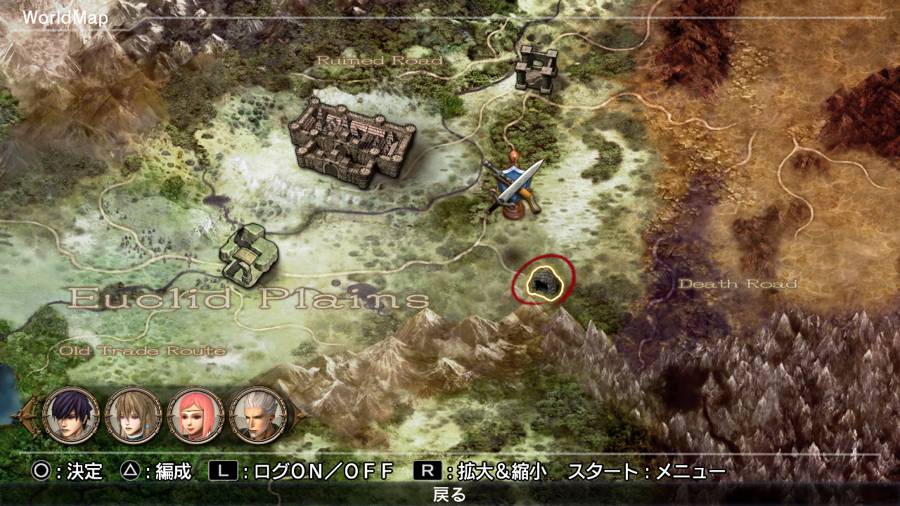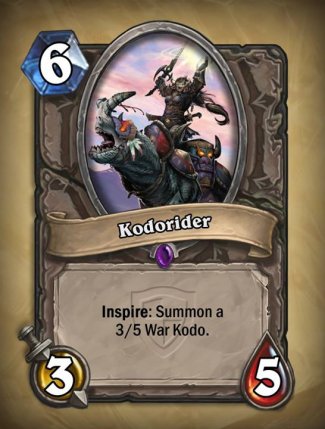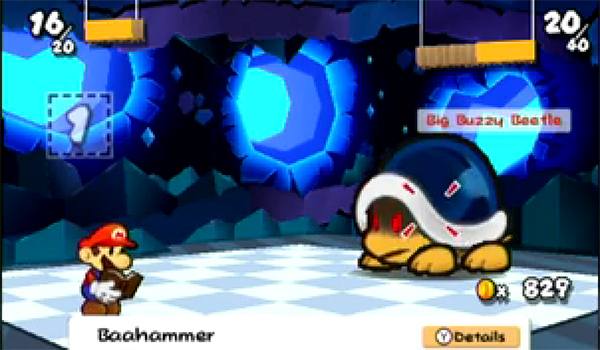The most noticeable element of the Jungle biome is the trees. Jungle trees use a different wood and plank color and pattern than any other trees in the game. They also have two different growing patterns, with which they vary from the other trees as well. There are two distinct shapes of jungle tree- the single-block trunk and the four-block trunk. Single-block jungle trees can grow a good four to seven blocks taller than oak or birch trees, though some spruce trees can approach the height of middling jungle trees. These trees have a single cluster of leaves around the top, just like a birch tree or a smaller oak tree.
Larger jungle trees not only spawn naturally, but can be grown- planting four jungle saplings in a 2x2 formation without any other blocks next to them will allow them to grow into this larger size. Large jungle trees can be a couple dozen blocks tall, and not only grow leaves in a new pattern, but also branch differently from other trees. The cluster of leaves at the top of a jungle tree is broad and flat, perhaps three blocks tall but as much as ten blocks wide. Similarly, they will also have two to four branches in the upper half of the tree- each of these branches has a short stub of wood blocks reaching out and up, and that is surrounded by leaf blocks in every direction but that of the tree trunk. Again, these leaf clusters will grow two to three blocks tall, but extend out three to five blocks from the wood of the branches.
Another trait of the jungle biome is that all trees grown in the biome (and all leaf blocks naturally generated in it) will have a good chance of also populating with vines hanging off of one or more sides of them. Though the vines don’t seem to propagate horizontally when ‘naturally’ spawned, they will grow down, so jungles are often remarkably safe for jumping around in despite the otherwise-fatal height of the falls found there. This is very beneficial to traveling, as traveling at ‘ground’ level is difficult, with the leaves from bushes spawning -roughly- evenly with one another, but creating a huge number of dips, rises, holes, and height changes. It also helps with the variable-height ground in jungles.
Jungle terrain is very varied, though flat areas are rarely very large. The ground spawns in ways comparable to Hills and Extreme Hills, though they can verge on being Mountains. Vines will often naturally spawn with the jungle biome on the sides of dirt and stone blocks, as well as on leaf blocks. This makes getting around fairly convenient at least, as do the vines on the trees and their trunks. Jungles will often have small ponds and lakes in them as well, usually with sand for their lakebottom and shoreline.





